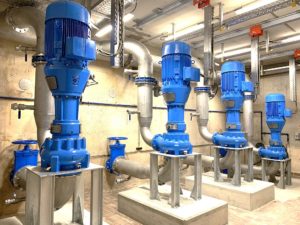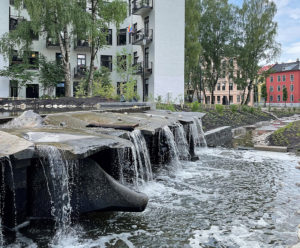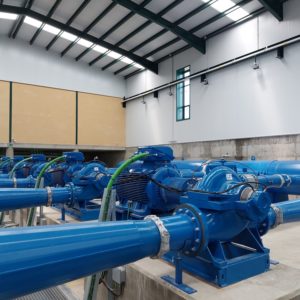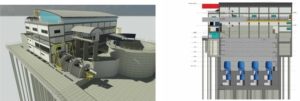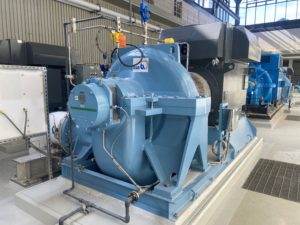Libyan Pumping Station Goes On Stream
Early in June 2007, the C319 pumping station built in Benghazi, Libya, under the leadership of KSB Aktien-gesellschaft, Frankenthal, Germany, went on stream. It took just under four and a half years to build at a total order value of approximately € 75m.
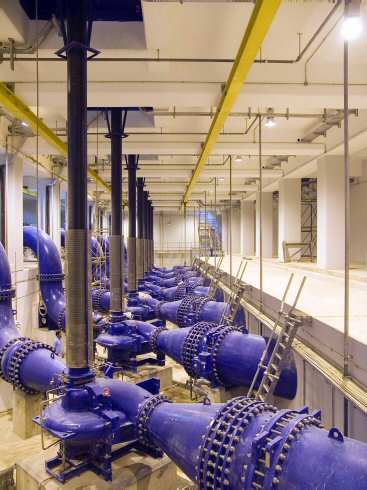
C319, the pumping station built under the leadership of KSB, went into operation in Libya early in June of 2007. (KSB Aktiengesellschaft, Frankenthal)
KSB supplied seven large water transport pumps and numerous valves, the largest with a diameter of 2800 mm.
A special feature of the station are the 7 metre long carbon couplings. They transmit the drive power of the 2.3 MW motors to the pumps installed in the basement of the pumping station. Although the motors are installed at a considerable distance from the pumps, vibration levels are reduced to a minimum by the innovative couplings. The exceptional design answers the need to ensure sufficient inlet pressure for the pumps on the one hand and to minimize the risk of damage caused by potential flooding on the other.
Approximately 320 metres of steel pipe laid from the tapping point to the entry into the existing discharge pipe were also part of the scope of supply. The order further included a surge control system consisting of eight accumulators, each with a volume of 250 cubic metres, a compressor plant, the Diesel generators for emergency power supply, a chlorination plant, as well as all tools and devices for the workshops and assembly facilities. Following the final commissioning of the pumping station at the end of this year, KSB will manage operation of the station during its first year of service.
Pumping station C319 takes water from the Omar Mukhtar Reservoir in Suluq / Benghazi and pumps it to the recently completed Al Khadra North East Reservoir, 16 km away. In addition, it supplies water to several large farming projects situated along the pipeline. In the coastal region of Libya, the water is used as drinking water and for agricultural purposes.
Source: KSB SE & Co. KGaA

